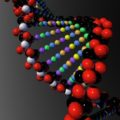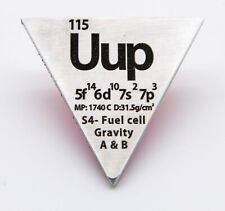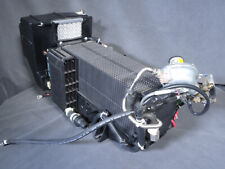
British researchers at the national meeting of the American Chemical Society today announced a new kind of “biofuel cell” that produces electricity from ordinary air mixed with small amounts of hydrogen. Because the new cell uses bacterial enzymes rather than platinum as a catalyst, it offers a much less expensive path to the much-hyped hydrogen economy of the future.
Oxford University’s Fraser Armstrong and co-researchers built the biofuel cell with hydrogenases – enzymes from naturally occurring bacteria that use or oxidize hydrogen in their metabolism. The cell consists of two electrodes coated with the enzymes placed inside a container of ordinary air with 3 percent added hydrogen. Importantly, this amount of hydrogen is just below the 4 percent danger level at which hydrogen can explode.
Although the prototype produced only enough electricity to power a small electronic device, Armstrong said its performance can be ramped up substantially. “The technology is immensely developable. We are at the tip of a large iceberg, with important consequences for the future,” he predicted.
Although other researchers have been investigating enzymes as electrocatalysts for some time, most catalyst candidates are destroyed by even small traces of oxygen, but oxygen tolerant hydrogenases – as used in the new cell – have evolved to resist attack.
Replacing platinum – which is currently more expensive than gold – with a cheap, easily replenished biological catalyst could represent a turning point for fuel cell development. As well as the cost advantage, Armstrong pointed out that platinum catalysts are easily inactivated by carbon monoxide that often exists as an impurity in industrially produced hydrogen, a problem that doesn’t exist with the new electrocatalyst. Additionally, since the hydrogenases used on the electrodes are chemically tolerant, they work with various mixtures of hydrogen and oxygen, avoiding the need for expensive fuel-separation membranes required in other types of fuel cells.
Related articles:
Microbial Fuel Cell Produces Hydrogen & Cleans Wastewater
Polymer Fuel Cell Breakthrough
Forget Horsepower, Think Cow-Power
Look Ma, No Biofuel Cell!


















Comments are closed.